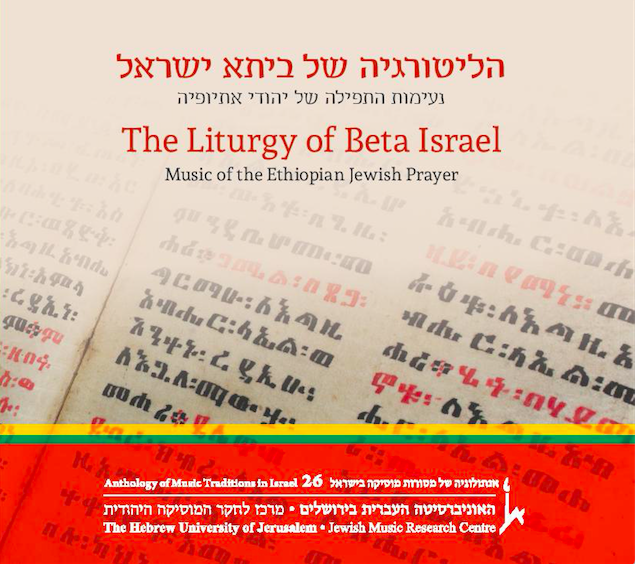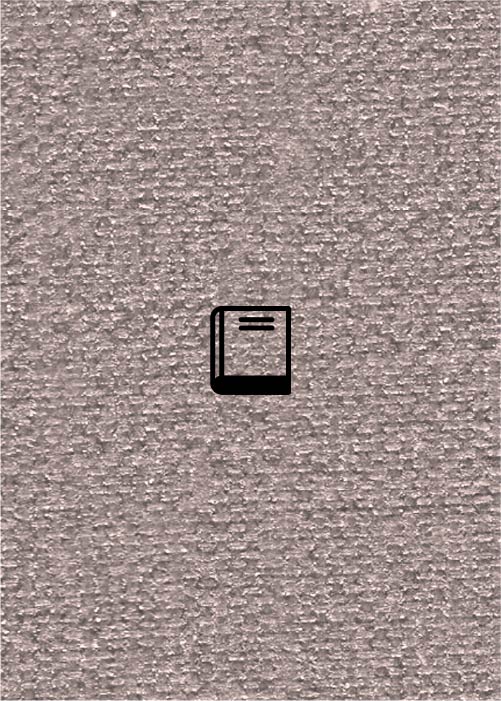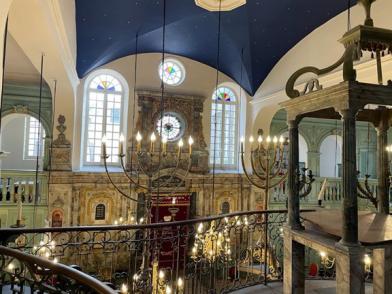Soloists: Qes Avraham, then Qes Yirmiyahu
'Ǝsebāhaka bakʷwelu gize, Zegevre ‘aviya wamenkǝra, Wǝ'ǝtus kǝma mǝr`āwi, 'Amlākǝ `ālem
The prayer consists of four pieces that are performed in this order at weddings. The two first pieces can be heard separately on other occasions. In the first section, those who pray declare that they shall always praise God, believe in Him constantly and be faithful to Him. Praying in the House of God is then mentioned. Finally, those who pray ask God to guide them. The second piece appears independently in other Beta Israel celebrations. Those who pray are grateful for being allowed to be present at the liturgical event and perform it, praising God for it. The third section contains the blessings for the wedding proper. It quotes part of Psalm 19 and links it to the groom. Then come the blessings for procreation and fertility of the land found in Deuteronomy 7:13-14. The last section of the prayer is a call to God. The eternal One is asked to bless His worshipers with peace, mercy, comfort, light and justice. The section closes with a set of blessings for the city of Jerusalem: peace for the city of the Forefathers, for the Temple, and for Zion the Holy.
The four pieces sung together at wedding ceremonies constitute an interesting set from the musical point of view. The performances are varied, the soloist’s part is shared by several Qessoch in turns (sometimes, within a single piece), and the melodies and the time organization show great variety. The first prayer, relatively short, is antiphonal. The second one starts after a pause. It contains two sections, one in the hemiola pattern, and a second one responsorial with very long enunciations followed by very short ones. The third prayer contains three different sections; the first one follows the hemiola pattern. In Ethiopia, the first two prayers and the first section of the third were accompanied on a gong and a frame-drum. Starting with the second hemiola section, the prayer is marked by the Qes stamping his feet on the ground. The third section, antiphonal, is characterized by a different musical mode. Finally, the last prayer consists of three sections: the first and third are in the hemiola pattern, while the middle section is antiphonal and in a different musical mode.






